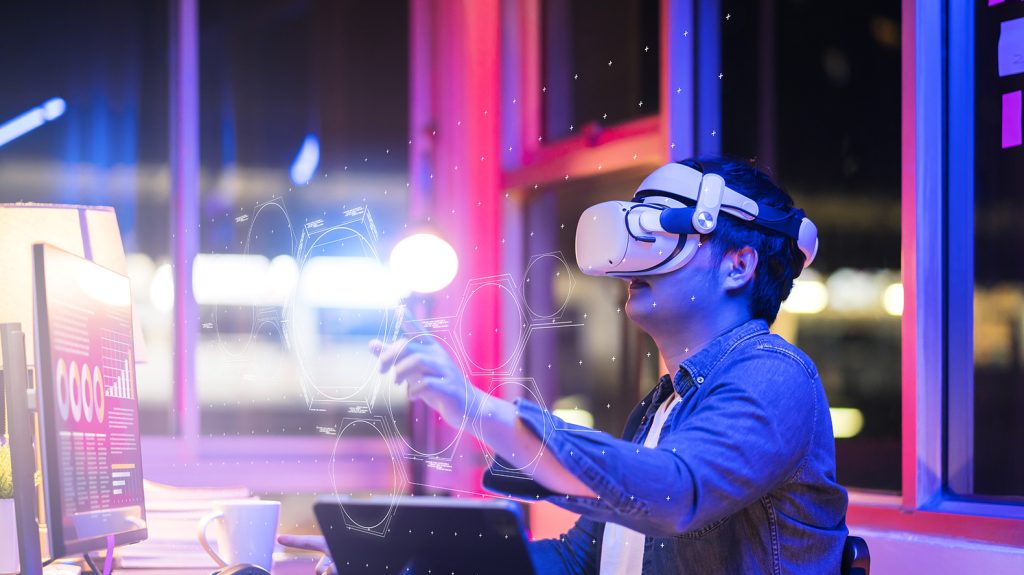The world of gaming has evolved in remarkable ways over the past few decades. What was once seen as a purely recreational activity has now become a tool for exploration, education, and even innovation. One of the most exciting developments in the gaming industry is the growing integration of real-world science and technology into games. These games are not only entertaining but also provide players with valuable insights into scientific concepts, advancements, and even future technologies.
As technology advances in the real world, game developers are increasingly turning to these innovations to enhance their gaming experiences. From the use of artificial intelligence to simulate realistic environments, to incorporating real scientific theories, games are becoming powerful tools for learning and innovation. Here’s how real-world science and technology are making their mark in the world of gaming.
1. Artificial Intelligence and Machine Learning
One of the most significant technological advancements in gaming has been the development of artificial intelligence (AI). In many modern games, AI is used to control non-player characters (NPCs), adjusting their behavior based on the player’s actions. However, AI is now being used to a far greater extent, learning from player behavior and adapting the game environment in real-time.
Machine learning, a subset of AI, allows games to “learn” from player decisions and improve over time. This results in more dynamic, personalized experiences where the game becomes more challenging as players progress, or even adapts to their playing style. Gameshave also incorporated machine learning to simulate complex behaviors and interactions, making the virtual world feel more lifelike.
2. Simulating Physics and Chemistry
Many games now use real-world physics and chemistry to create more realistic and engaging experiences. These games often incorporate principles of mechanics, fluid dynamics, and thermodynamics to make in-game environments behave like the real world. For example, games Program let players explore space by applying real-world physics principles such as gravity, orbital mechanics, and propulsion systems.
Similarly, Spore introduces players to biological evolution by simulating how organisms evolve over time, taking into account genetic mutations, survival strategies, and ecological interactions. These games allow players to experiment with scientific concepts in an interactive way, making complex ideas more accessible and engaging.
3. Space Exploration and Astrophysics
Space games have long drawn inspiration from real-world science, and in recent years, they have become even more grounded in actual astronomical discoveries and astrophysical concepts. Games like Elite Dangerous and No Man’s Sky offer vast universes filled with procedurally generated planets and celestial bodies that reflect real-world scientific understanding of space.
These games employ accurate depictions of star systems, black holes, and other astronomical phenomena. For instance Games uses real data from NASA to model the Milky Way galaxy. This not only gives players a sense of the scale and vastness of our universe but also sparks interest in the science behind space exploration.
4. Genetics and Evolution
Games have long incorporated ideas of genetics and evolution, but more recent titles have taken these concepts to new heights. Games such as Spore and Evolve allow players to explore concepts of biological evolution by guiding the development of species based on genetic mutations and environmental pressures.
These games introduce players to the basics of evolutionary theory, teaching them how traits are passed down and how organisms adapt to changing conditions. Through engaging and interactive gameplay, players gain an understanding of concepts like natural selection, genetic variation, and adaptation, often without realizing it.
5. Virtual Reality and Augmented Reality
Virtual Reality (VR) and Augmented Reality (AR) have rapidly advanced in recent years, bringing games closer to real-life experiences. VR games allow players to step into entirely new worlds, where they can interact with the environment using hand movements, body gestures, and even voice commands. The technology behind VR uses real-world physics, lighting, and spatial awareness to create a convincing experience.
AR, on the other hand, integrates virtual elements into the real world. Games have revolutionized the way players interact with their environment by overlaying digital content on real-world locations using mobile devices. AR technology uses computer vision, depth mapping, and location-based services to blend the digital and physical worlds seamlessly.
6. Medical Technology and Health Education
Some games have also incorporated medical technology and health education, helping players learn about the human body, diseases options. Games use interactive gameplay to teach players about molecular biology and the structures of cells, while also encouraging them to solve real-world scientific problems.
In addition, games offer an exaggerated, humorous take on medical procedures, giving players a glimpse into the world of surgery and anatomy. While these games may not be entirely realistic, they are helping to raise awareness about medical practices and spark interest in the health sciences.
7. Environmental Science and Climate Change
As concerns about climate change and environmental sustainability continue to grow, many games are incorporating environmental science into their gameplay. Games like Cities: Skylines and SimCity allow players to build and manage virtual cities, teaching them about urban planning, resource management, and the impact of human activities on the environment.
Other games,, encourage players to consider environmental factors, such as weather, ecosystems, and sustainable practices. These games not only entertain but also provide valuable lessons about the importance of balancing human progress with environmental stewardship.
Conclusion
As gaming technology continues to evolve, so too does its ability to incorporate real-world science and technology. Whether it’s through the use of AI and machine learning, simulating real-world physics, or educating players on biological and environmental concepts, games are becoming increasingly sophisticated and grounded in real-world knowledge. By blending entertainment with education, gaming has the power to inspire curiosity, promote learning, and spark interest in a variety of scientific fields. As the lines between gaming and real-world science continue to blur, the future of gaming looks both exciting and educational.

